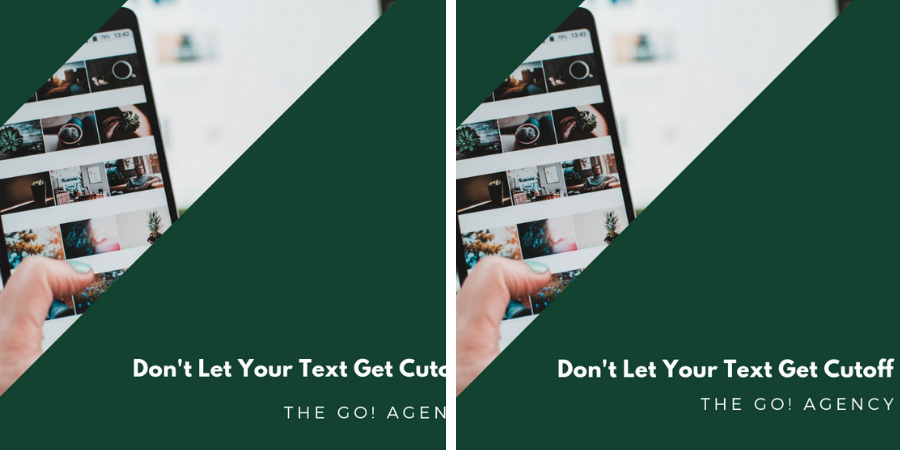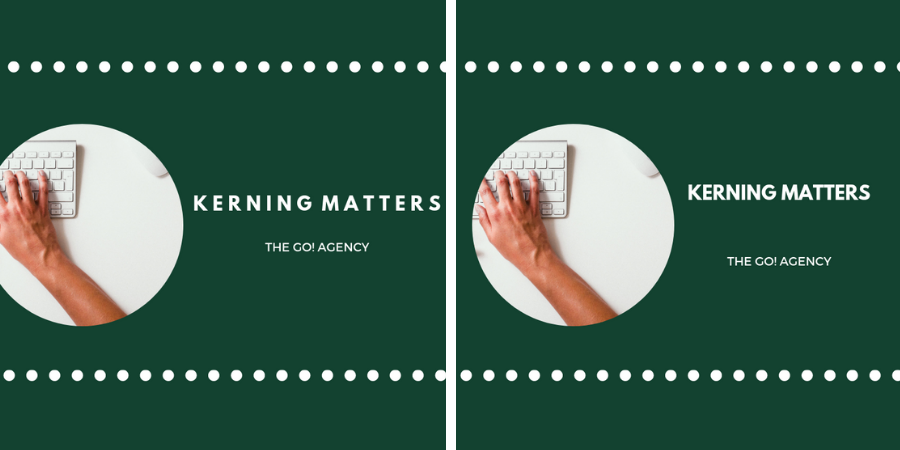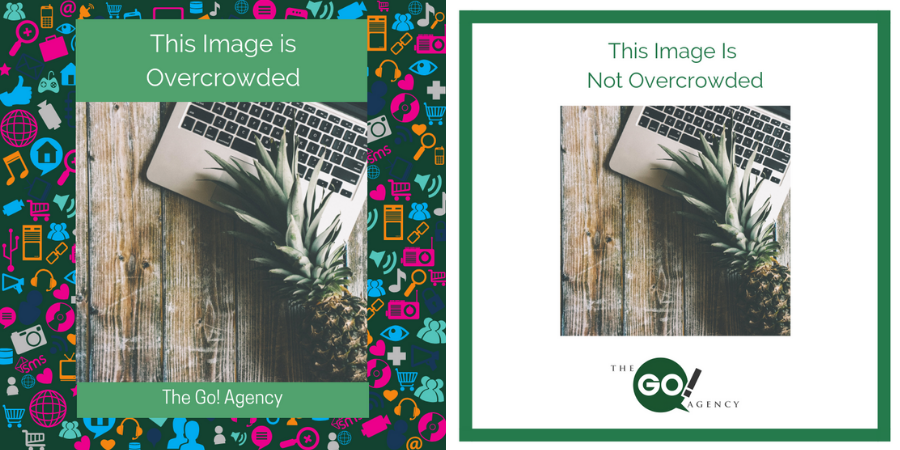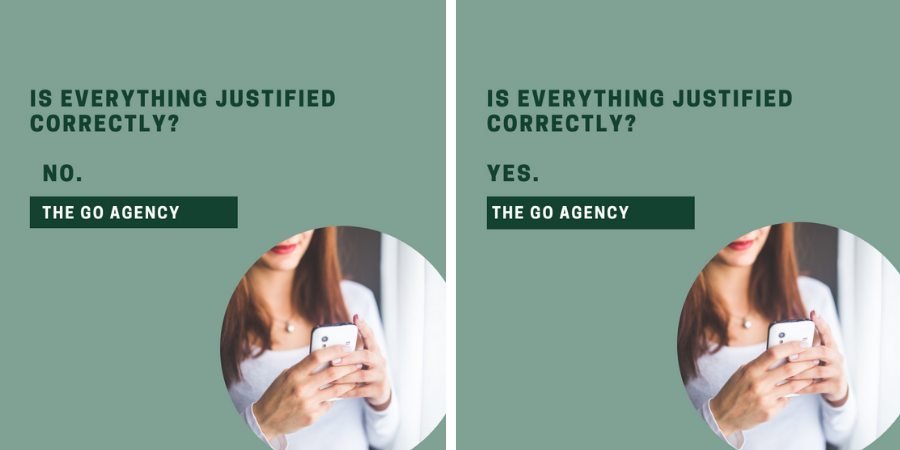You need a graphic designer—no ifs, ands, or buts. But what do you have them do once they’re hired on? Before you start sending job offer letters, it’s best if you figure out what your new employee will be doing.
Since you don’t want to hire someone without having work for them to do, I’m going to show you exactly what projects your new graphic designer should start with. Let’s talk (photo)shop!
Create a Branded Style Guide
Graphic design is so much easier when everyone is working off the same page. For this reason, you should have your new hire create a branded style guide that breaks down exactly what your visuals and graphics will look like going forward. This way, you can approve the style and make sure it’s conveying the message that you want for your brand, and your graphic designer will know what they need to deliver to make you happy!
Create a Logo
If you don’t already have a logo (or you have one you made yourself), then this should be where your graphic designer starts. Your logo is going to be prominently displayed on your website and across all social channels, so it’s important that you’re presenting something appealing for your audience! This also helps establish your branding color palette moving forward.
Create Email Signatures
You might not believe it, but email signatures go a long way in making sure that correspondences with your business are more professional and respectable. A professional will make sure that the signature is aligned with your business’ color palette, font, and overall style! Your emails will also be a lot more impactful once you have a professional signature!
Create Ebooks
By working with your copywriter, your graphic designer will be able to combine great content with visuals that keep your readers moving through the ebook. Mixing text and visual materials is not only a great way to make sure your reader understands your points, but it breaks up the ebook and makes it easier to read!
Create Videos
Whether you want an animation or just a high quality video to showcase your business, this is all in the realm of graphic design. Video content is more popular than ever, so start pushing out some video content! Don’t overdo it, but it would certainly be worth your time to have your graphic designer create a few short videos and see how they perform on your social media channels.
Create Building Branding Elements
Whether you’re a brick and mortar store or an office, you’re going to have clients/customers stopping by eventually. Make sure that your location looks like it belongs to your brand! Your graphic designer can make room tags, signs, and other materials that will bring your brand’s identity into your physical location.
Create Name Tags
Never underestimate the power of a good name tag! Your name tags should follow your brand’s color palette and feature some sort of visual—preferably your brand’s logo. This way, when you’re interacting with clients or customers, they know that they’re dealing with a professional and are more likely to take you seriously!
Don’t Wait to Get Started
We’re still early in the year, so take this opportunity to try something new for your business. It might be a little pricy, but paying now is better than investing in subpar social media and branding work! You know why you need a graphic designer, and now you’ve got a list of tasks for them, so there’s no reason not to dive in and make this investment for your business!
Do you want to discuss what you can expect from your new graphic designer? Schedule your free consultation with The Go! Agency!
Read More















